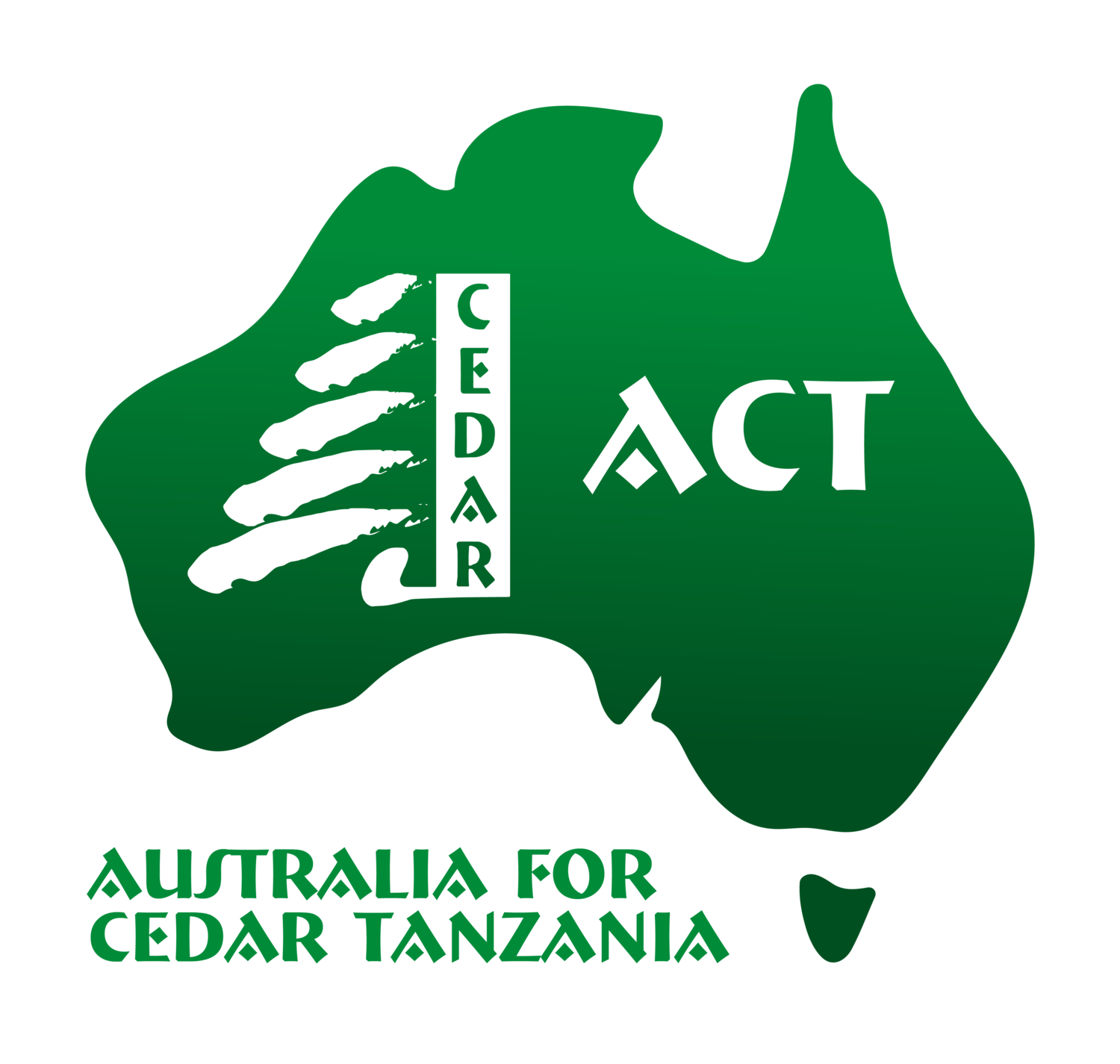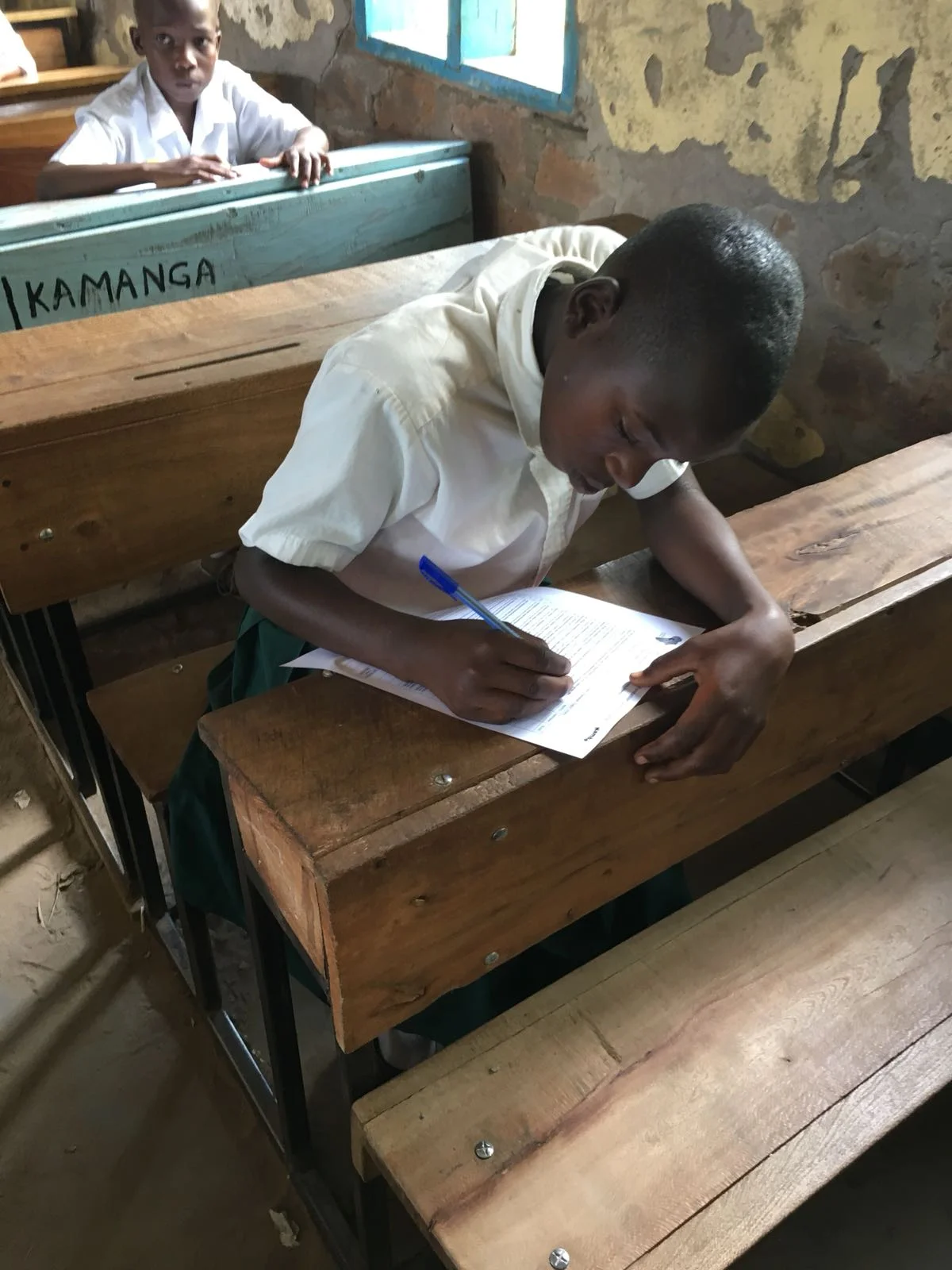In Tanzania, like in most Sub-Saharan African countries, HIV/AIDS is a major public health concern. The worldwide majority of 68% of HIV-positive people live in Sub-Sahara Africa with the highest prevalence in East and Southern Africa. In Tanzania, 1.6 million people are living with the virus, whereby women are more affected than men. In order to address this severe health issue, Cedar Tanzania implements a number of projects in Nyamatongo Ward. Read more about Tackle Africa and our annual event commemorating World AIDS Day
After several community members as well as local leaders approached us to further support the education of the community around HIV/AIDS, we have developed and implemented an awareness campaign from October to December 2019. In collaboration with the Community Health Workers, our Field Officers Jacqueline and Consolatha conducted interactive community dialogues in 14 locations across the whole ward, covering all hamlets. Our aim was to demystify the virus, inform about the transmission and prevention of HIV and offer free testing on-site, provided by Dr Neema from KHC. This should contribute to the overall goal of a more informed and open society which empowers people living with HIV/AIDS.
In total, 547 community members attended the dialogues whereby 325 received Voluntary Counselling and Testing services. In order to understand the increase in knowledge after the dialogues, baseline and endline surveys were conducted.
One of the highest increases were found for the question “Can breast-feeding transmit HIV from mother to child?”. Before the dialogue only 67% of participants knew that indeed, breas-tmilk is among the fluids that transmits HIV. After the dialogue, 89% knew the correct answer. Additionally, the community learned that HIV cannot be transmitted through mosquito bites, saliva, shaking hands or kissing. Another focus of the dialogue was the prevention of transmission which can be supported by condom use and Voluntary Medical Male Circumcision. Before the dialogue, only 61% of participants knew that Voluntary Medical Male Circumcision reduces the risk of contracting HIV. After the dialogue, this number increased to 87%. Voluntary Medical Male Circumcision is offered at KHC and is proved to reduce the risk of female-to-male transmission by 60% (Source: unaids.org).
Moreover, the community was informed about the fact that, once infected with HIV, it is more likely to contract other diseases. The scores increased from 77% to 89%. The community learned that antiretroviral treatment can increase life expectancy of an HIV-positive person significantly and that the treatment is available free of charge at KHC.
All in all, the results were really encouraging as, on average, 84% correct answers were given after the dialogues. The knowledge of participants increased significantly in all areas: transmission, prevention, intimate partner relations as well as HIV-positive status. Nevertheless, we need to continue our efforts in the fight against HIV and are currently exploring additional methods to reach even more community members. If you want to support us in this endeavour Take Action



